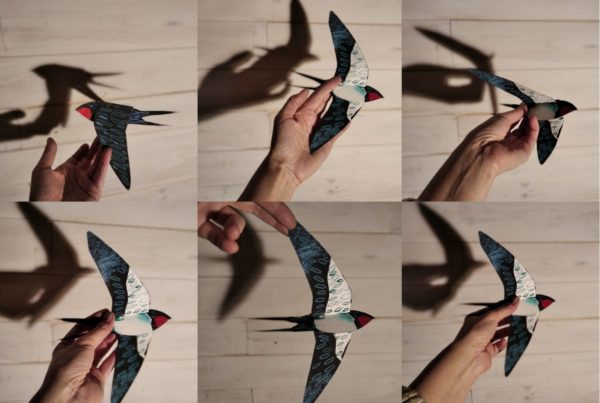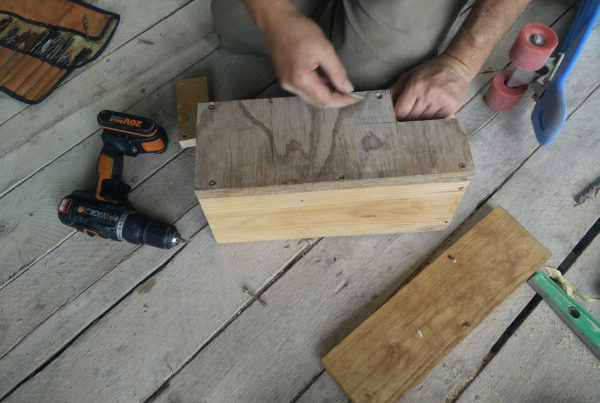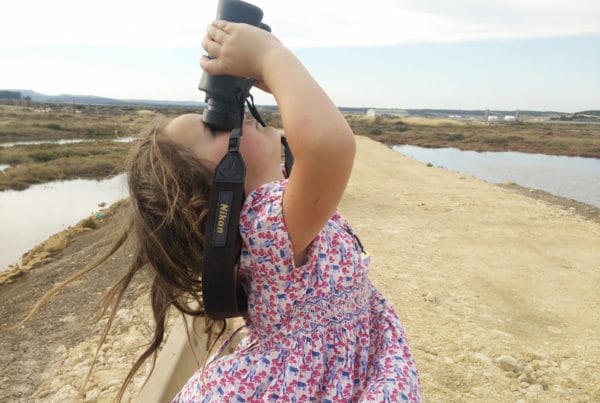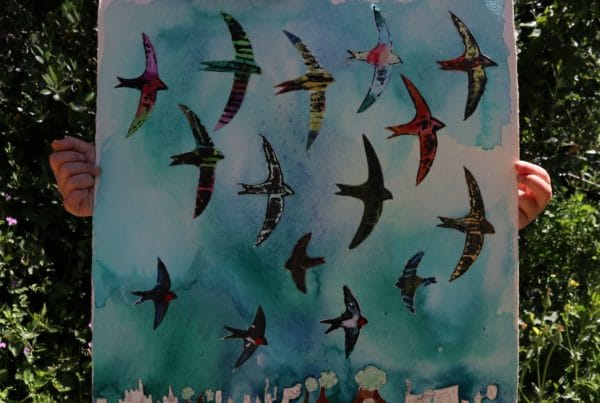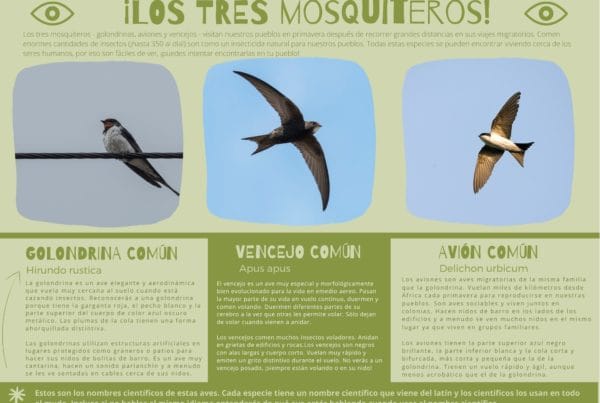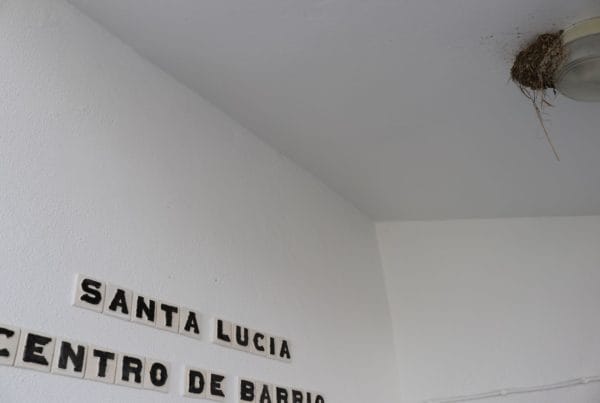House Martin
Delichon urbicon
The house martin is a migratory passerine bird of the swallow family that breeds in Europe and winters in sub-Saharan Africa. It is an insectivore and feeds on insects in flight and is capable of eating almost its body weight in insects every day. It is a sociable bird that lives in colonies and builds mud nests in human structures. They have a fast and agile flight, although less acrobatic than the swallow. Identifiable by its bright blue-black top and white underside, it has a short forked tail.
Feeding
A house martins diet is composed of flying insects, the insects varies according to location and availability, they mainly eat flies, mosquitoes, aphids and flying ants. They hunt the insects at medium altitude, higher than the lower zone exploited by the swallow and lower than the upper zone of the swift. They normally hunt and capture near their nest, which means that they are beneficial to humans whose villages they occupy. They hunt insects socially, forming groups to hunt insects together over rivers or fields.
Breeding
House martins come to Europe to breed in spring. The breeding period varies according to the place. Normally they will lay eggs several times, two or three times in a breeding season, the number of eggs usually decreasing each time. Once paired house martins will stay together for life although paternity outside of coupling is common. This makes them genetically polyamorous yet socially monogamous.
They breed in colonies divided into family nuclei formed by individual nests and dense clusters of nests, sometimes hundreds, occasionally thousands. The eggs are incubated by both parents for about 14-16 days, the female stays with them for a week while they are naked and unable to regulate their own body temperature and during this time they are fed by both parents. The chicks fly after 25/32 days and once flown the young return to the nest to roost and may be fed for several more weeks before they disperse to join the pre-migratory flocks. The young of the first clutch often help the parents to feed the second, which is rare behaviour in birds.
Image to the right: “Hirondelle de fenêtre / House Martin” by Jean-Jacques Boujot is licensed under CC BY-SA 2.0
Nidificación
The nesting habits of house martins mean that they have a close association with humans. Originally a bird that nested in cliffs and caves, they have adapted to build nests in human settlements, although some cliff nesting colonies still exist. Unlike swallows that prefer more protected enclosed places, house martins will build nests in exposed areas on the outside of buildings.
The nest is made by both sexes and takes about 10 days to build. They form a semi circular structure of mud attached to a roof or wall with a small entrance. The composition is mud mixed with grass and the nest is then lined with feathers and vegetable fiber. The nests will be repaired and used year after year. They are faithful to place and return to the same nesting sites every year. House martins are much more colonial and urban than the common swallow and they nest in city centers if the air is clean.
Migration
House martins leave their colonies in Spain in September / October migrating to warmer climates that support greater insect life. There are minimal wintering populations that remain in southern Spain around the Guadalquivir and coastal wetlands. Until very recently little was known about the migration of the species. They do not share wintering habitats with other species of hirunadae that migrate to Africa, such as swallows and the sand martin, so it was normally assumed that they winter in higher tropical forests. There is high mortality during the long migration which is compensated by the high reproductive rate.
Threats
Although they do not suffer any significant direct threat house martins are listed by IUCN as being of "special concern". They are hunted by the hobby, but their skillful flight means that they are able to avoid most predators. They are affected by pesticide use, air pollution and declining insect populations. Deliberate destruction of nests on the grounds that they dirty or damage buildings affects reproduction. They are also affected by the lack of nesting opportunities on new buildings and the scarcity of places to find the mud to make their nests. They are on the list of protected species and recent moderate declines have led to their inclusion on the Amber List in Great Britain.
References / Further Reading
House Martin RSPB Read here.
Avión común Read here.
Discovering the migration and non-breeding areas of sand martins and house martins breeding in the Pannonian basin (central-eastern Europe) Access here.
The House Martin Suvey BTO. Here.
Extra-pair fertilizations and paternity defence in house martins, Delichon urbica. Here.
Cuaderno Avión común, Junta de Andalucia. Here.

